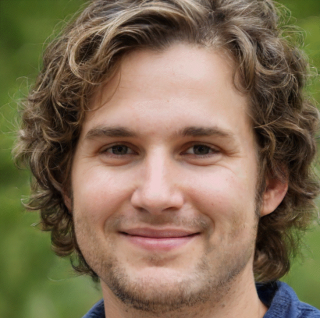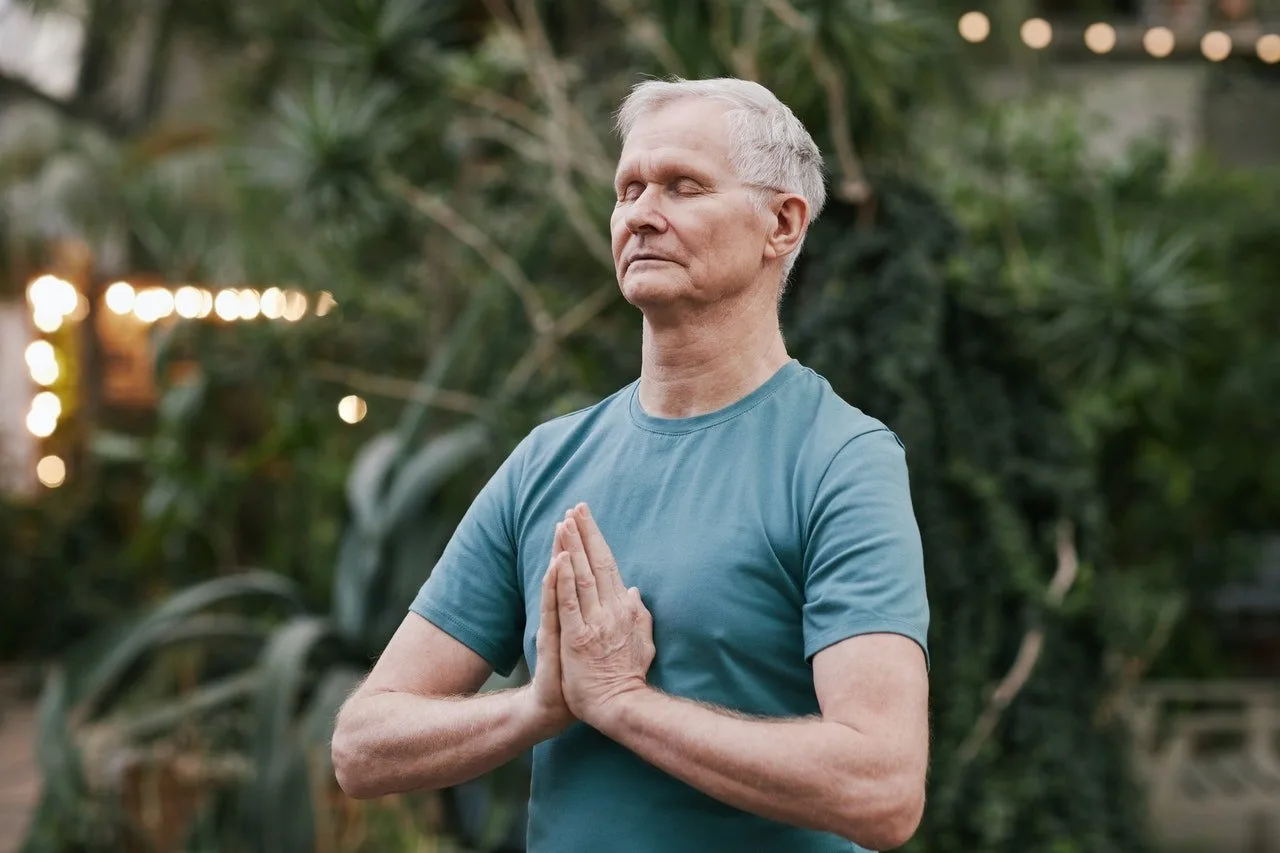Our world can get congested with negativity and stress from worrying too much about the future. Eventually, we forget to be present and cherish the life we have.
The elderly population is prone to experience emotional and physical distress that can affect their daily lives.
A healthy lifestyle that includes moderate exercise, a nutritious diet, and constant mental stimulation can improve overall emotional, mental, and physical state.
Seniors can also benefit from natural ways to treat arthritis and other physical ailments experienced during old age. The use of essential oils, for example, can be an effective addition to an individual’s health care regimen.
Ways To Practice Mindfulness
We know that aging can be terrifying for some people. But it doesn’t have to be the case for you or a loved one.
Old age or senescence is a natural and inevitable occurrence in your life. It may come with physical, emotional, and mental challenges. However, you can either welcome it with a positive attitude or brood over it.
Fortunately, there are approaches that you can try to enhance your mental health and body awareness.
Mindfulness is being extremely aware of your feelings and senses at the moment(1). It may help alleviate and manage the following factors that may come with aging:
- Pain
- Stress
- Depression
- Hypertension
- Anxiety
- Insomnia
Practicing mindfulness involves breathing exercises, meditation activities, and other activities that induce relaxation. It’s been shown that these practices can improve sleep, focus, and attention among the elderly.
Below are simple techniques you can use to engage in mindfulness exercises.

Photo by Marcus Aurelius from Pexels
1. Guided Meditation
Aging can sometimes make you feel like life passes you by. As such, you worry about what else is there for you in the future. These feelings may lead to anxiety and depression.
Meditation encourages you to slow down and take a bit of quiet time to refocus your thoughts. It involves sitting or lying still in a calm and serene location and concentrating on your breathing.
You can meditate with a guide or you can use a meditation app.
When meditating, you can be fully aware of your mind and body without judgment. It calms your mind and makes you focus on the present while blocking off worries and distractions.
Mindful meditation can improve your emotional and physical well-being. It does this by focusing your attention and eliminating mental clutter that may be causing stress.
2. Breathing Exercises
Shallow breathing is common among the elderly due to muscle weakness, stiffness, or other diseases. This short, shallow breathing may have adverse effects on energy levels and lung strength.
You can start with your breathing exercises in the morning by taking a deep breath to help ease stiffness.
Listed here are some breathing practices that you can try out.
- Complete Breathing
Step 1. Relax and sit up straight as you exhale.
Step 2. Relax your stomach muscle, then inhale.
Step 3. Observe your stomach expand as you fill your lungs with air.
Step 4. Pause for a moment before slowly exhaling.
Step 5. Do this repeatedly for at least five minutes.
- Diaphragmatic Breathing
Step 1. Lie down on your back.
Step 2. Place your left hand above your navel and your right hand above it on your belly.
Step 3. Inhale deeply.
Step 4. Observe the hand on your navel rise as you breathe.
Step 5. Repeat your breathing for five minutes.
- Humming Breathing
Step 1. Practice the complete breathing technique.
Step 2. Hum and pull your abdominal muscles as you exhale.
Step 3. Do this for two to three minutes.
3. Movement
Constant physical activity can improve endurance, muscle strength, and balance. Research has shown that movement among senior citizens is crucial to their physical and mental health.

Photo by Marcus Aurelius from Pexels
Light activities, like walking, yoga, and stretches, are simple ways to engage in light movement. Simple house chores, like folding laundry, light vacuuming, and dusting furniture can be great exercises too.
You can find a safe, quiet, and peaceful location. Here, you can take a short walk, clear your mind, and simply feel the sun or breeze.
4. Body Awareness
Body awareness is being able to recognize where your body is in space. Your brain receives information from your muscles and joints, making you aware of how your body moves.
Your body sensibility can help you discover the tensions you feel. Listen to your body and find ways to release these tensions.
Follow these steps to develop body awareness.
- Lie down and relax.
- Keep your feet slightly apart and your hands facing upward.
- Close your eyes and practice deep breathing.
- Fixate on one part of your body at a time, starting on your feet. Remember to keep your breathing and body relaxed.
- Move each part of your body gradually as you focus on your breathing.
- Pay attention to any changes that you can feel as you move your body.
5. Gratitude
Practicing gratitude and appreciating yourself and the surrounding people can help build a positive environment for you.
You can get a pen and paper or mentally list down the things you are grateful for at present. This habit can give you social and emotional benefits.
Gratitude can make you feel more relaxed and optimistic. It can help you contemplate happy memories instead of worrying and being unhappy.

Photo by RODNAE Productions from Pexels
References
1. The Mayo Clinic, (n.d.), Mindfulness Exercises, retrieved from https://www.mayoclinic.org/healthy-lifestyle/consumer-health/in-depth/mindfulness-exercises/art-20046356
Who Is The Author?

Stanley Clark is a community development volunteer and writer. He had worked on several commercials, events, and campaigns before writing full-time in the area of natural health and wellness. His passion is to research and write blogs that would help people and communities with their health and wellness concerns.





![women [longevity live]](https://longevitylive.com/wp-content/uploads/2020/01/photo-of-women-walking-down-the-street-1116984-100x100.jpg)









